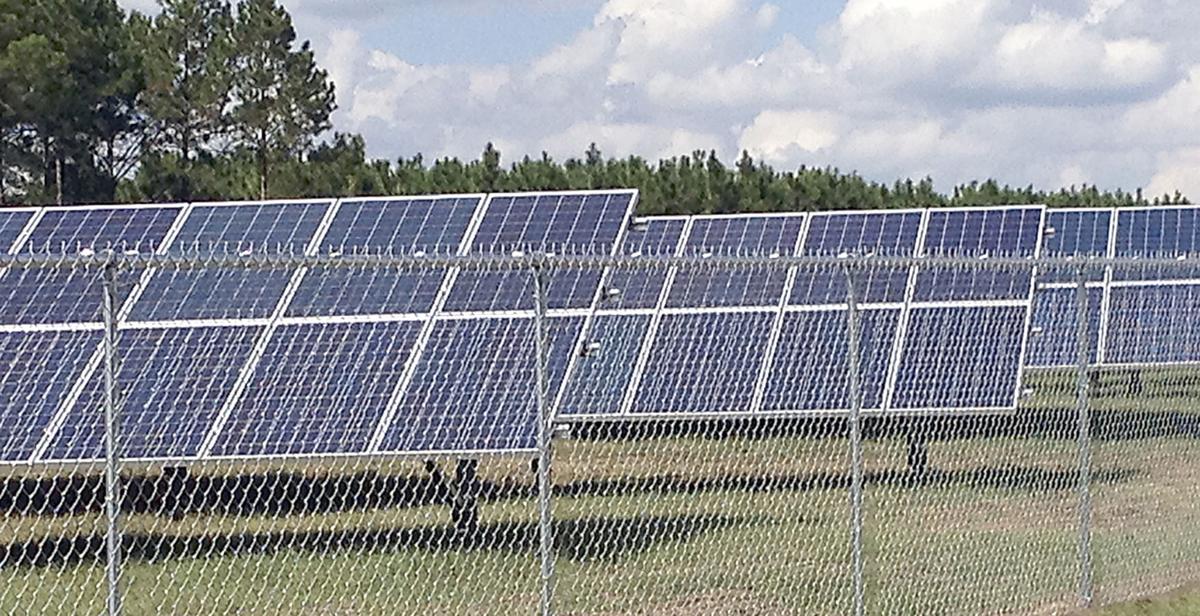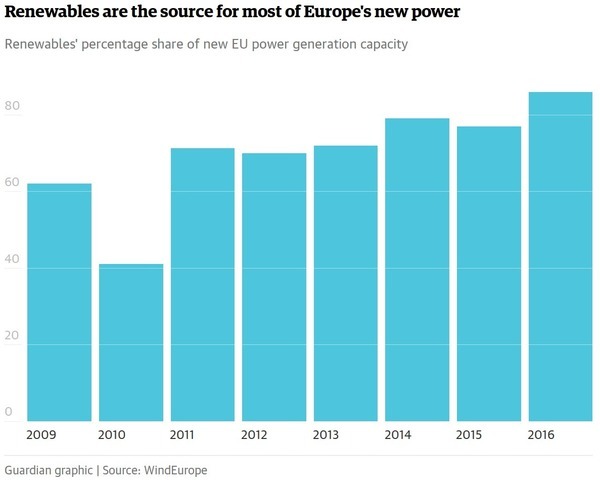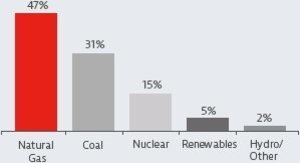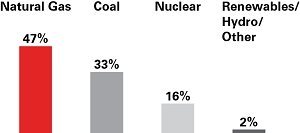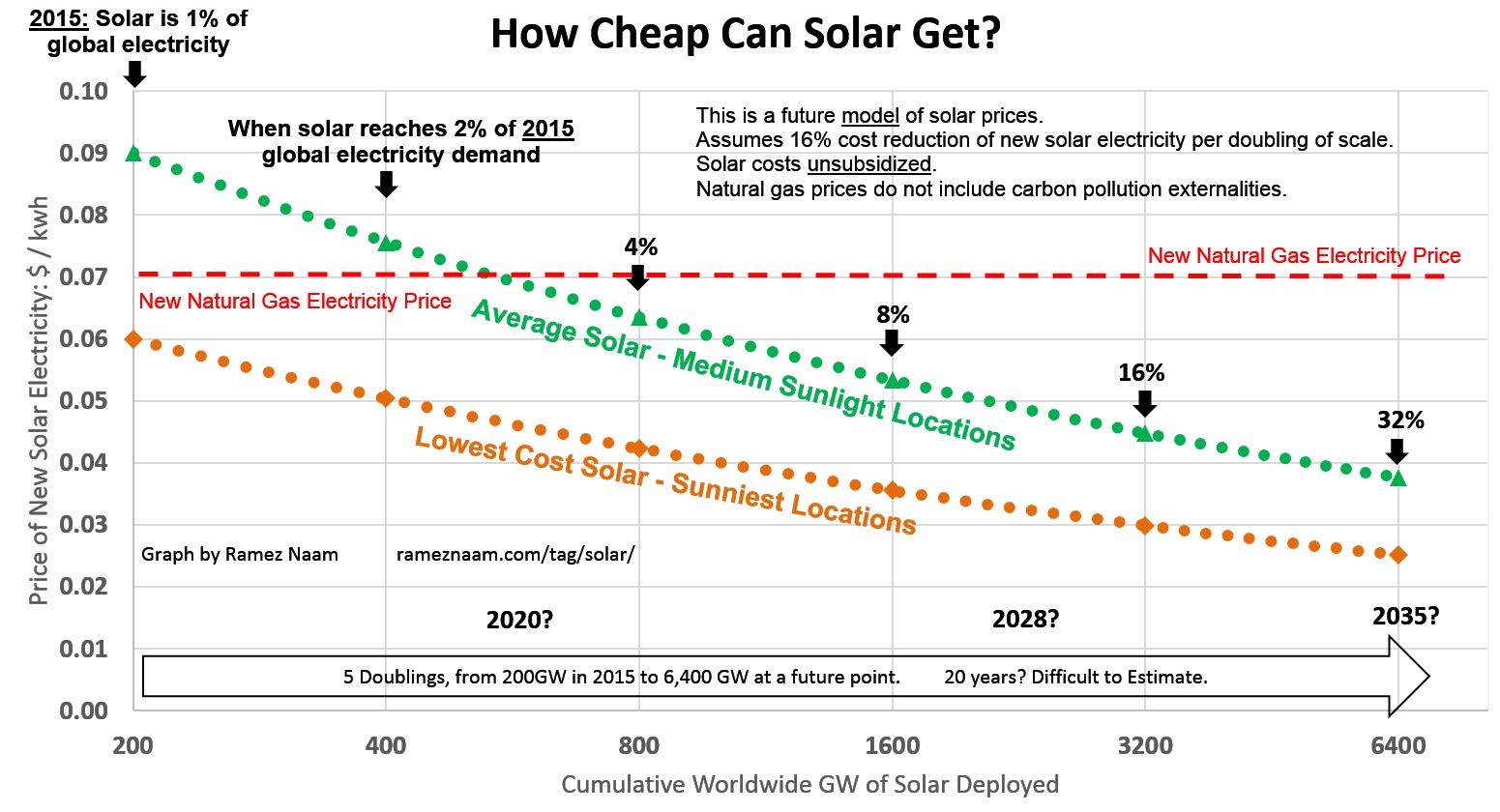OSHA certified a “continuing pattern of retaliatory treatment” at Kemper “clean” Coal after an employee alerted Southern Company of alleged fraud: SO fired him, refused to hire him back and now he’s suing. Plant “new nukes” Vogtle also had impossible projections from the start and is even later and more overbudget, while anybody from GA-PSC to Georgia EMCs to the Florida PSC or even PowerSouth in Alabama could bring it down. Somebody put Plant Vogtle out of its misery so we can get on with solar power in Mississippi, Alabama, Georgia, Florida, and everywhere else.

Two new cooling towers and construction cranes mark the work sites for nuclear reactors 3 and 4 at Plant Vogtle in east Georgia. The project is currently $3.6 billion over budget and almost four years behind the original schedule. JOHNNY EDWARDS / JREDWARDS@AJC.COM, in
Plant Vogtle: Georgia’s nuclear ‘renaissance’ now a financial quagmire by Russell Grantham and Johnny Edwards, Atlanta Journal-Constitution, 19 May 2017.
Kemper “clean” Coal
Doyle LLP, PRNewswire, 8 August 2017, Whistleblower in Kemper Project Sues Southern Company and CEO: OSHA ruled former company engineer faced “continuing pattern of retaliatory treatment” Continue reading



